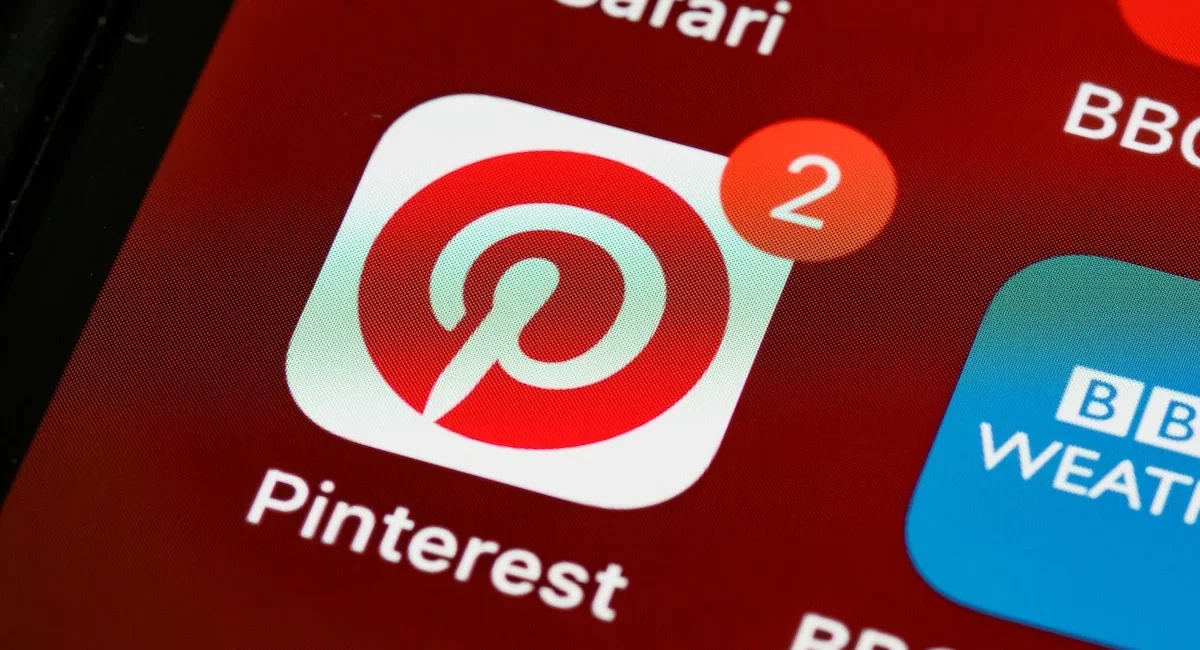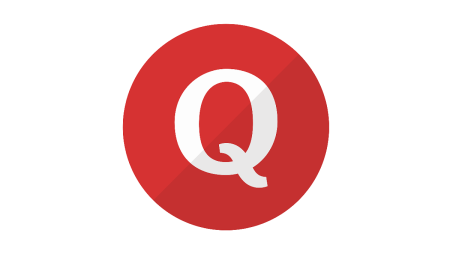How Pinterest is Earning: The Growth and Monetization Strategies
How Pinterest is Earning: Pinterest has been a household name for a while now, but do you know how they make money? This article will delve into the growth and monetization strategies that Pinterest has employed to become one of the most profitable social media platforms out there.
Introduction
In this digital age, social media platforms have become a part of our daily routine. We use them to connect with friends and family, to stay updated with news, and even to shop. One of the platforms that have been gaining popularity is Pinterest. It has grown exponentially over the years, and now it’s not just a platform to save pretty pictures but a platform that’s making big bucks. So, let’s explore how Pinterest is earning.
The Growth Story of Pinterest
Founding of Pinterest
Pinterest was founded in March 2010 by Ben Silbermann, Paul Sciarra, and Evan Sharp. Initially, the platform was just an idea for a site where people could share their interests and inspirations with others. The founders themselves were looking for something similar to the cork boards they had in their bedrooms, where they could collect and organize ideas.
Early Growth
Pinterest launched in closed beta in March 2010, and by August of the same year, it had over 10,000 users. The platform was getting a lot of attention from women, which prompted the founders to redesign it to appeal more to this demographic. By December 2011, Pinterest had over 11 million visits per week, making it one of the fastest-growing websites in history.
Continued Growth
The platform’s popularity continued to grow, and by 2019, Pinterest had over 300 million monthly active users. Pinterest’s growth was driven by its unique value proposition. The platform allowed users to collect and organize ideas and inspirations in a visually appealing way. The platform also made it easy for users to discover new ideas by suggesting similar content.
Pinterest is one of the fastest-growing social media platforms, with over 400 million monthly active users as of 2021. The platform allows users to discover and share images and ideas related to various topics, including fashion, food, home decor, and more. But have you ever wondered how Pinterest is earning money? Despite not being as widely talked about as other social media platforms, Pinterest has multiple revenue streams that contribute to its overall revenue. In this article, we’ll dive deep into the different ways Pinterest is earning money.
Monetization Strategies of Pinterest
Advertising
Pinterest’s primary source of revenue is advertising. The platform allows advertisers to promote their products and services to Pinterest’s vast user base. Advertisers can target their ads based on user interests, behaviors, and search history. This level of targeting makes Pinterest ads highly effective, and as a result, advertisers are willing to pay a premium to advertise on the platform.
Promoted Pins
Promoted pins are Pinterest’s flagship ad format. These are regular pins that businesses pay to have appear at the top of users’ search results or home feed. Promoted pins can also be targeted to specific demographics, interests, and behaviors, making them a highly effective way for businesses to reach their target audience. According to Pinterest, businesses see an average 2x increase in their sales when using promoted pins.
Promoted Carousels
Promoted carousels are similar to promoted pins, but they allow businesses to showcase multiple images in a single ad. Users can swipe through the carousel to see all of the images, making it a great format for showcasing different products or telling a story through images.
Promoted Video Pins
Promoted video pins are another type of advertising format on Pinterest. These are short videos that play automatically in users’ feeds. They are a great way for businesses to showcase their products or services in a more dynamic and engaging way than static images. According to Pinterest, promoted video pins have an 80% higher view rate than regular videos on the
E-commerce
Pinterest has also been investing in e-commerce. The platform has introduced several features that make it easier for users to buy products directly from Pinterest. For example, users can now buy products they see on Pinterest without leaving the platform. Pinterest has also introduced shopping ads, which allows retailers to showcase their products to users who are actively shopping.
Partnerships
Pinterest has been partnering with brands to help them reach their target audience. The platform has partnerships with several retailers, including Target, Walmart, and Home Depot. These partnerships allow retailers to showcase their products on Pinterest, increasing their visibility and driving sales.
Affiliate Marketing
Another way Pinterest is earning money is through affiliate marketing. Pinterest has a program called “Pinterest Partners,” which allows businesses to earn commissions by promoting products from other companies on the platform. When a user clicks on an affiliate link and makes a purchase, the business promoting the product earns a commission.
How Pinterest Partners Works
To become a Pinterest Partner, businesses must apply to join the program and meet certain eligibility criteria. Once accepted, they can start promoting products from other companies on the platform. Businesses can earn commissions ranging from 1% to 20% of the purchase price, depending on the product and the company they are promoting.
The Benefits of Affiliate Marketing on Pinterest
Affiliate marketing on Pinterest is a win-win for both businesses and users. For businesses, it’s a way to earn commissions by promoting products that align with their brand and target audience. For users, it’s a way to discover new products and ideas that are relevant to their interests and needs.
Buyable Pins
Buyable Pins are regular pins that have a blue “Buy it” button that allows users to purchase the product directly from the pin. When a user clicks on the button, they are taken to a checkout page where they can enter their payment and shipping information. The payment is then processed through the platform, and the product is shipped directly to the user.
The Benefits of E-commerce on Pinterest
E-commerce on Pinterest is beneficial for both businesses and users. For businesses, it’s a way to reach a wider audience and make sales directly on the platform. For users, it’s a convenient way to discover and purchase products without leaving the app. According to Pinterest, users who engage with buyable pins spend 20% more on average than those who don’t.
Data Licensing
Another way Pinterest is earning money is through data licensing. Pinterest collects a wealth of data from its users, including their search history, interests, and behaviors. This data is valuable to businesses and marketers who are looking to better understand their target audience and create more effective advertising campaigns.
How Pinterest’s Data Licensing Works
Pinterest licenses its data to third-party data providers, who then use the data to create audience segments that businesses can target with their advertising campaigns. These audience segments are based on factors such as interests, behaviors, and demographics, and are designed to help businesses reach their ideal customer.
The Benefits of Data Licensing on Pinterest
Data licensing on Pinterest is beneficial for businesses and marketers, as it allows them to create more targeted and effective advertising campaigns. It’s also beneficial for Pinterest, as it provides an additional revenue stream without requiring any additional effort on their part.
Conclusion – How Pinterest is Earning
Pinterest’s growth and monetization strategies have made it one of the most profitable social media platforms out there. The platform’s unique value proposition, coupled with its highly targeted advertising, has made it an attractive platform for advertisers. Additionally, Pinterest’s investments in e-commerce and partnerships have helped the platform diversify its revenue streams.
FAQs – How Pinterest is Earning
- Is Pinterest a profitable company? Yes, Pinterest is a profitable company. In 2020, the company reported revenue of $1.69 billion.
- How does Pinterest target ads? Pinterest targets ads based on user interests, behaviors, and search history.
- Can you buy products directly from Pinterest? Yes, users can buy products directly from Pinterest without leaving the platform.
- Does Pinterest charge for its services? No, Pinterest is a free platform for users. The platform generates revenue through advertising and partnerships.
- What are some of the benefits of advertising on Pinterest? Pinterest ads are highly targeted, which makes them more effective than traditional advertising methods. Additionally, Pinterest has a large and engaged user base, which means advertisers can reach a large audience with their ads.
- How does Pinterest’s e-commerce feature work? Pinterest’s e-commerce feature allows users to buy products directly from the platform. When a user sees a product they like, they can click on it to see more information about the product, including pricing and availability. If the user decides to purchase the product, they can do so without leaving Pinterest.
- Can small businesses advertise on Pinterest? Yes, small businesses can advertise on Pinterest. The platform offers a variety of advertising options, including promoted pins, promoted video pins, and promoted app pins.
- How does Pinterest compare to other social media platforms? Pinterest is unique compared to other social media platforms because it focuses on visual content and discovery. While platforms like Facebook and Twitter are more about connecting with friends and sharing updates, Pinterest is more about discovering new ideas and products.
- What is Pinterest’s future outlook? Pinterest’s future outlook looks promising. The platform has continued to grow over the years, and its investments in e-commerce and partnerships show that it is committed to diversifying its revenue streams. Additionally, the platform’s unique value proposition makes it a compelling option for advertisers and users alike.
Photo by Brett Jordan




Leave a Comment